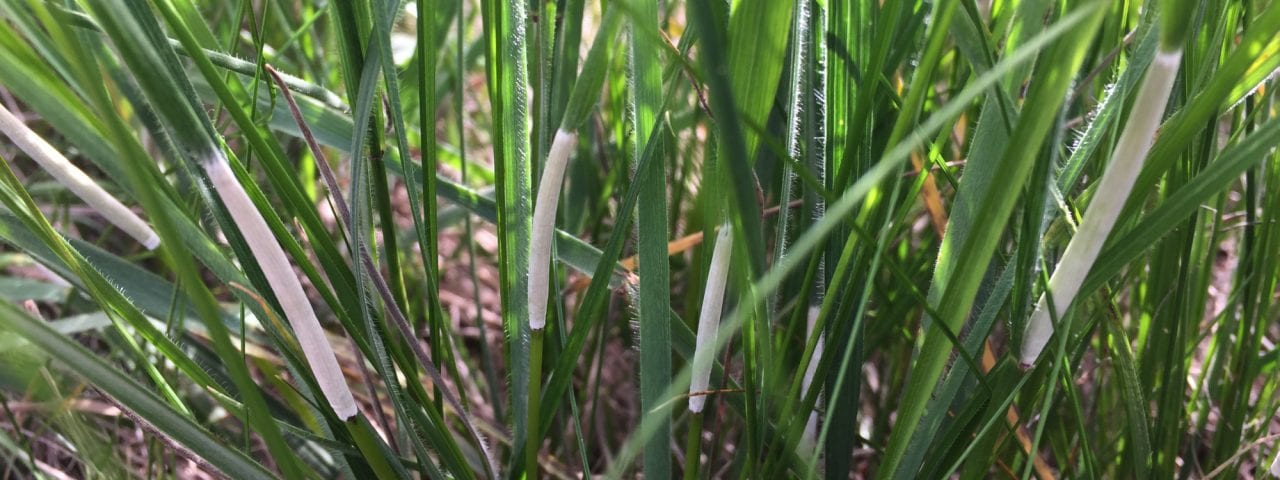Multispecies interactions
Our research interests lie in trophic interactions with particular emphasis on ecological and evolutionary implications of diversity and functions of plant associated micro-fungi. We believe that more knowledge about microbial interactions is required to fully understand species-species interactions between plants and organisms subsisting on them. That’s because microbes have driven eco-evolutionary adaptations organizing biodiversity from the origin of life. They are ubiquitous and abundant, facilitating the biochemical processes that make Earth habitable and shape ecosystem structures, functions, and services.
Fungal endophytes
Fungal endophytes provide an excellent model system because they are ubiquitous and diverse, rather easy to examine and manipulate, have unique life-histories, and can affect plant, fungal and herbivore interactions within and among host plants. It is noteworthy that nearly all fungi invading plant foliage have an asymptomatic period in their life cycle. The length of asymptomatic phase varies from an imperceptibly short period, as for many pathogens, to lifelong abeyance in systemic Neotyphodium endophytes in grasses. However, the majority of the interactions fall between these extremes.
Applications
While our results have theoretical interest, they also provide valuable knowledge of causes and consequences of fungal mediated interactions in terrestrial ecosystems which may have economical value when applied to forestry and agricultural practices. Because endophytes can affect virtually every type of plant-plant, plant-pathogen, and plant-herbivore interactions, any natural or man-made environmental changes which alter diversity of endophyte-plant interactions, may have unpredictable, indirect effects on population change and community structure of plants, pathogens and herbivores in terrestrial ecosystems.
In the main picture, Epichloë stromata are depicted. ©Gensheng Bao
